Black Lace Elderberry Bush: The Versatile Shrub That's
Introduction
Black Lace Elderberry is a beautiful and versatile shrub that is perfect for adding interest to any garden. It is known for its lacy, purple-black foliage, which provides a striking contrast to other plants. Black Lace Elderberry also produces creamy pink flowers in the spring, which are followed by edible black berries in the fall.
In addition to its beauty, Black Lace Elderberry is also a very hardy and adaptable shrub. It can tolerate a wide range of soil conditions and is resistant to deer, rabbits, and insects. This makes it a great choice for even the most challenging gardens.
Main Content
Why Grow Black Lace Elderberry?
There are many reasons to grow Black Lace Elderberry in your garden. Here are just a few of the benefits:
- Beautiful foliage: The lacy, purple-black foliage of Black Lace Elderberry is a striking addition to any garden. It provides a great contrast to other plants, and it can be used to create a variety of different landscape effects.
- Edible berries: The black berries of Black Lace Elderberry are edible and can be used to make a variety of delicious dishes. They can be made into pies, jams, jellies, and even wine.
- Hardy and adaptable: Black Lace Elderberry is a very hardy and adaptable shrub. It can tolerate a wide range of soil conditions and is resistant to deer, rabbits, and insects. This makes it a great choice for even the most challenging gardens.
- Versatile uses: Black Lace Elderberry can be used in a variety of different ways in the garden. It can be used as a specimen plant, a hedge, or a screen. It can also be used in mass plantings or in combination with other shrubs and flowers.
How to Grow Black Lace Elderberry
Black Lace Elderberry is relatively easy to grow. Here are a few tips:
- Plant Black Lace Elderberry in full sun or partial shade.
- Choose a well-drained soil.
- Water regularly, especially during the first year after planting.
- Fertilize in the spring with a balanced fertilizer.
- Prune in the spring or fall to maintain the desired shape.
Conclusion
Black Lace Elderberry is a beautiful, versatile, and hardy shrub that is perfect for adding interest to any garden. It is easy to grow and care for, and it can be used in a variety of different ways. If you are looking for a new shrub to add to your garden, Black Lace Elderberry is a great option.
If you are interested in learning more about the black lace elderberry bush, I encourage you to visit Home Gardening. This website provides comprehensive information about the plant, including its history, cultivation, and uses.
FAQ of black lace elderberry bush
Q: How much water does a black lace elderberry need?
A: Black lace elderberries need at least 1 inch of water per week, through a combination of rainfall and irrigation. The soil should be kept evenly moist, but not soggy.
Q: How much sun does a black lace elderberry need?
A: Black lace elderberries need full sun to thrive. They will tolerate some partial shade, but they will not flower as well if they do not get enough sunlight.
Q: How do I prune a black lace elderberry bush?
A: Black lace elderberries should be pruned in late winter or early spring, before new growth starts. Prune away any dead, diseased, or damaged branches. You can also prune to shape the bush or to remove suckers.
Q: How do I propagate a black lace elderberry bush?
A: Black lace elderberries can be propagated by seed, but this is not the most reliable method. The best way to propagate black lace elderberries is by softwood cuttings.
Q: What are some common pests and diseases that affect black lace elderberries?
A: Black lace elderberries are susceptible to a few pests and diseases, including aphids, scale, elderberry rust, and powdery mildew. These pests and diseases can be controlled with insecticidal soap, horticultural oil, or fungicides.
Q: What are the benefits of black lace elderberries?
A: Black lace elderberries are a good source of antioxidants and vitamins. They have also been shown to have anti-inflammatory and immune-boosting properties. The berries can be made into syrup, wine, or jam. The leaves can be used to make tea.
Image of black lace elderberry bush
- Black lace elderberry bush in full bloom. The delicate white flowers are arranged in clusters, and the leaves are a dark green.
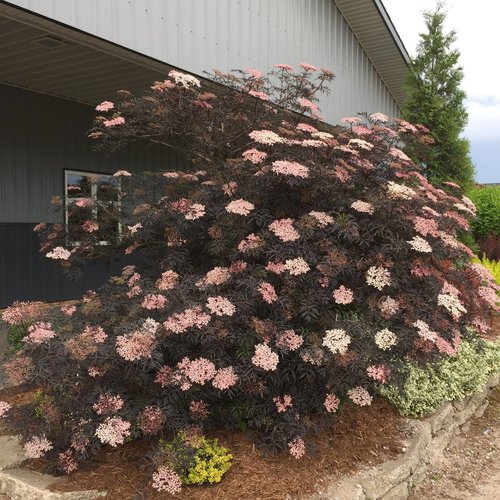
- Black lace elderberry bush with ripe berries. The berries are a deep purple-black, and they are clustered together on the branches.
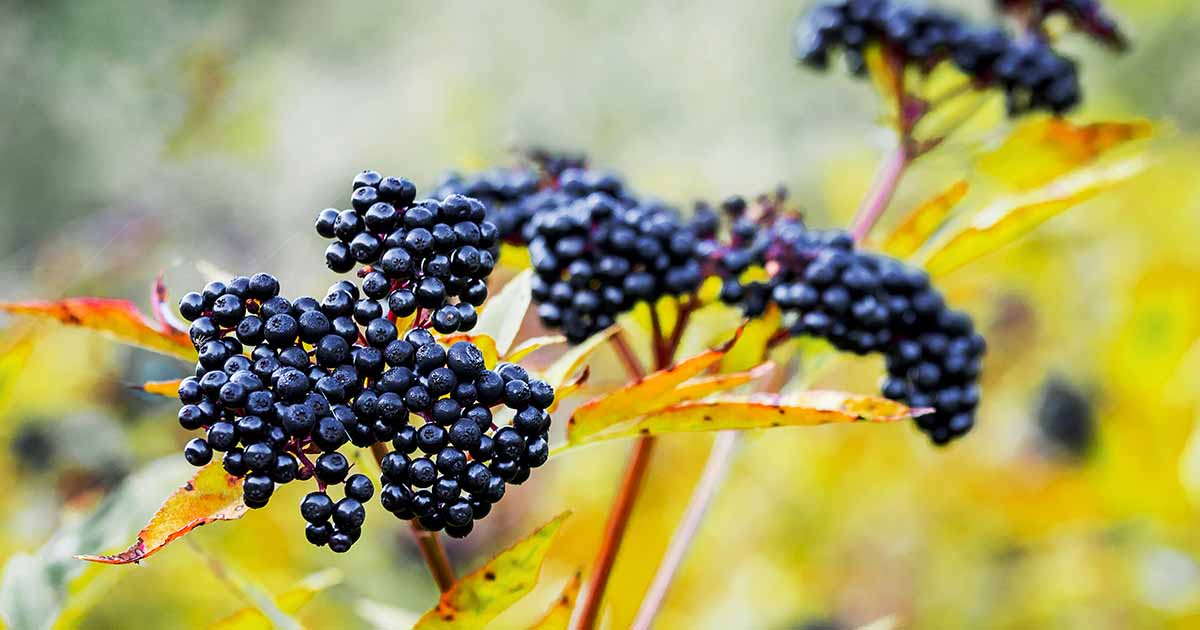
- Black lace elderberry bush in fall. The leaves have turned a beautiful golden yellow, and the berries are still present.

- Close-up of black lace elderberry flowers. The flowers are a delicate white, and they have a sweet scent.
- Close-up of black lace elderberry berries. The berries are a deep purple-black, and they are covered in a powdery bloom.
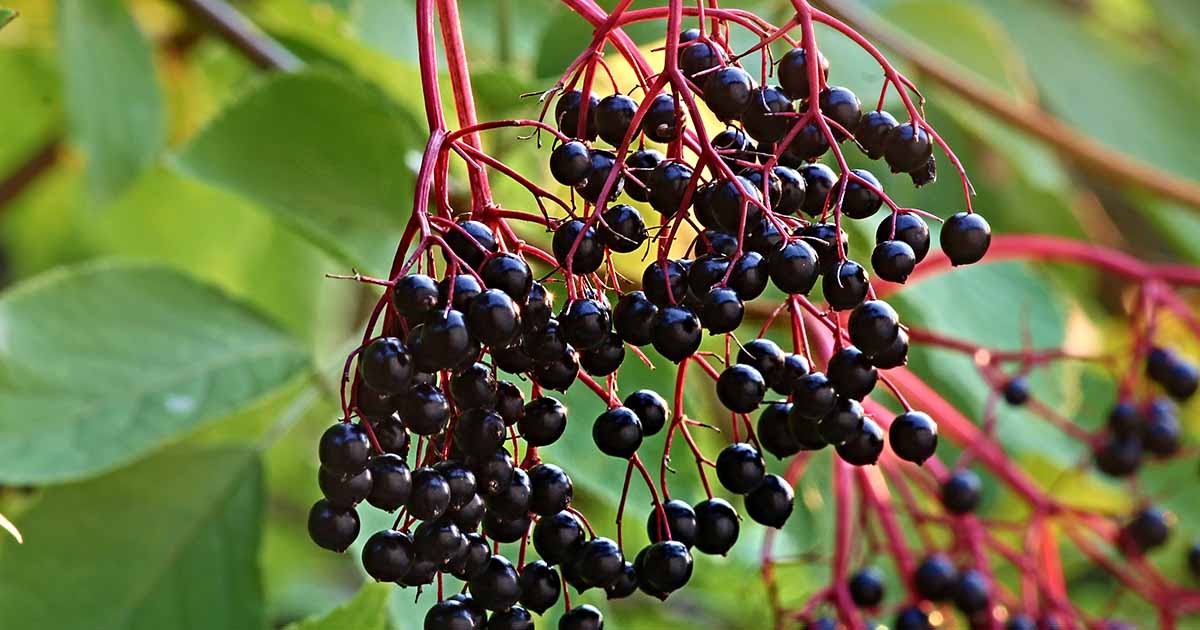
- Black lace elderberry bush in a garden. The bush is surrounded by other flowers and plants, and it provides a beautiful backdrop.

- Black lace elderberry bush as a hedge. The bush can be used to create a privacy hedge, or to add structure to a garden.
- Black lace elderberry bush as an accent plant. The bush can be used to add a pop of color to a garden, or to provide a focal point.
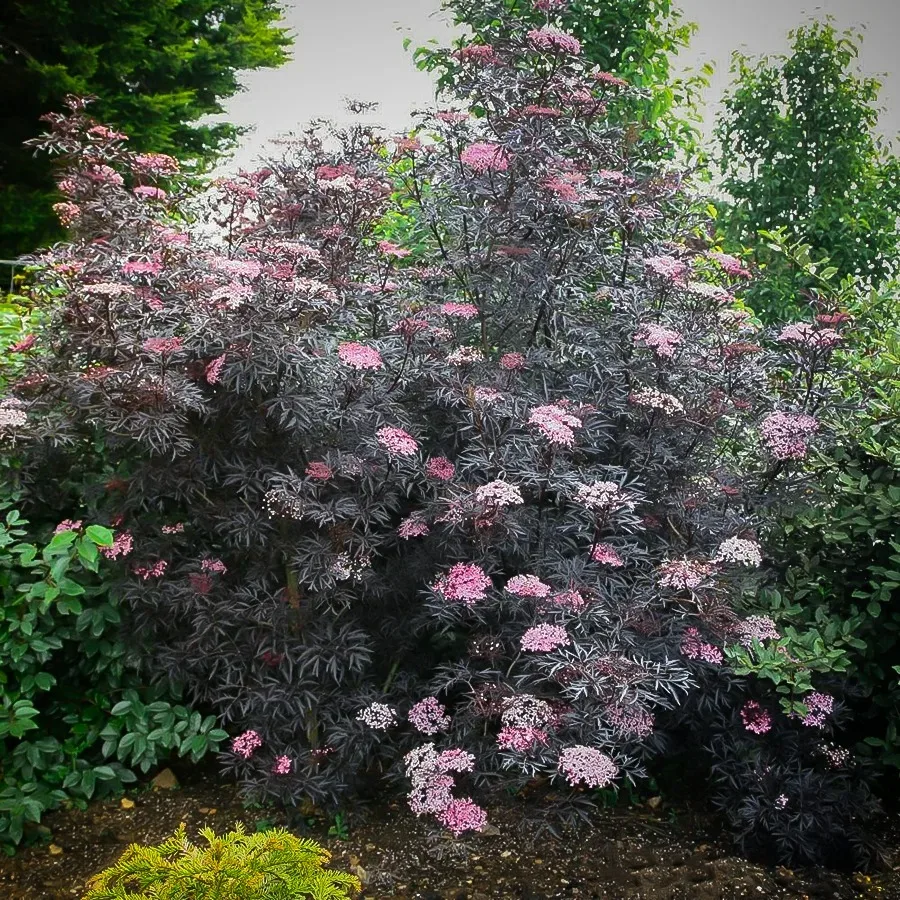
- Black lace elderberry bush in winter. The leaves have fallen off, but the branches are still visible.

- Black lace elderberry bush in a pot. The bush can be grown in a pot, and it can be moved indoors during the winter.

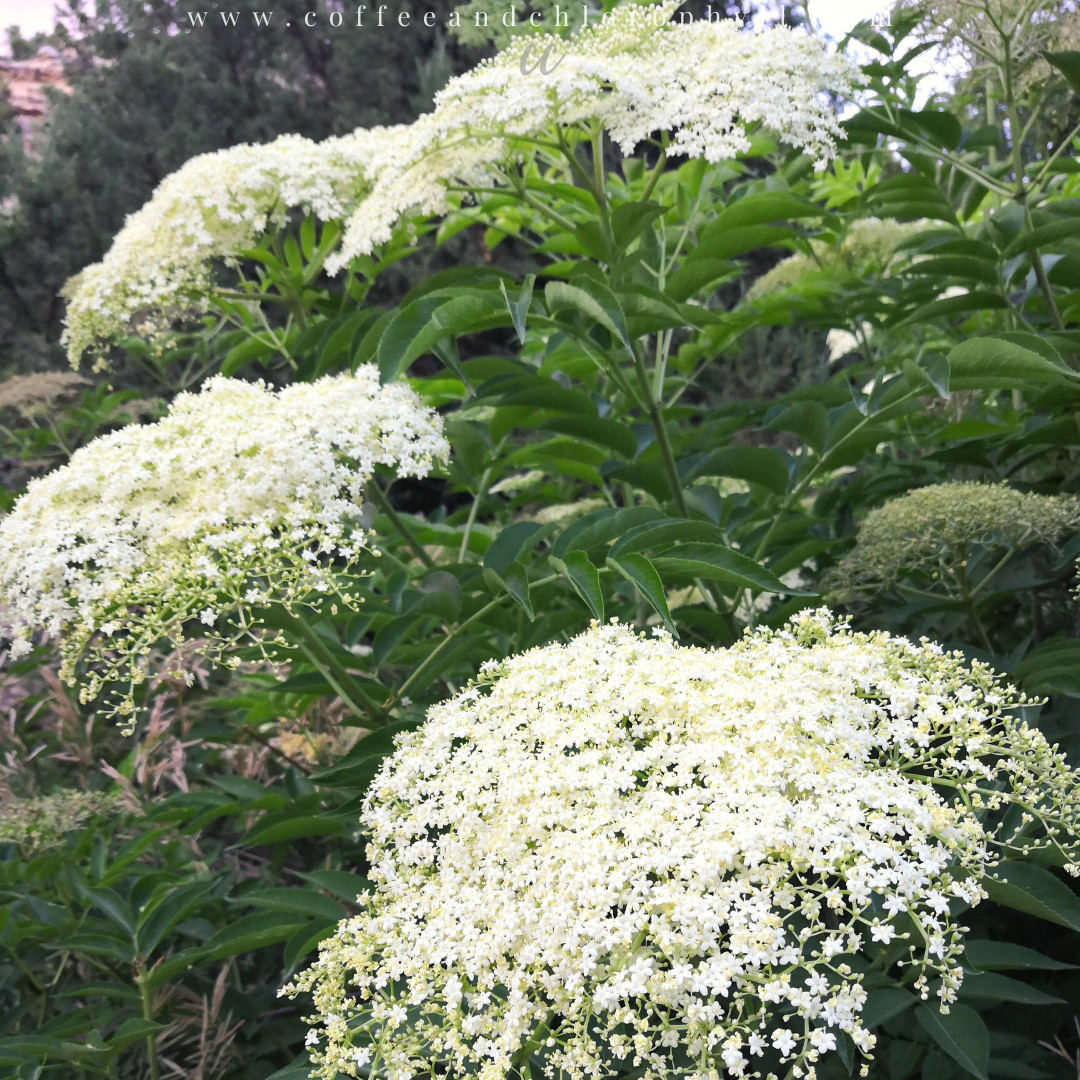
Post a Comment for "Black Lace Elderberry Bush: The Versatile Shrub That's"